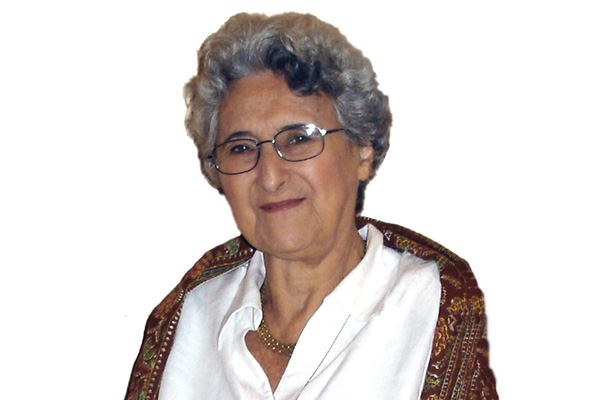Even though it’s not natural for young children to spend large proportions of time in same-age “litters,” we seem to insist that they be cared for as well as educated in them! The amount of time that young children spend outside of their homes during the day has increased dramatically over the past several decades. At the same time, average family size has decreased significantly in the past hundred years, meaning that children are likely to have fewer siblings and thus are increasingly spending time in age-segregated settings.
Reports of the social and intellectual benefits of multiage grouping continue to grow—enough for us to consider providing as many opportunities as possible for young children to interact with children of different ages.
Evidence and experience indicate that even preschoolers will use a different strategy when trying to comfort a baby than when comforting someone of their own age. By about the age of 4, most children feel pressure to match up to their age-mates in many abilities and behaviors. Such feelings seem to result in strong competitive tendencies and early forms of “one-upmanship,” which occur less often in mixed-age groups.
In classrooms where the Project Approach is implemented, multiage grouping has benefits for the older children, who get genuine opportunities to lead, and even to teach, younger ones how to deal with various challenges that come up during extended project investigations. The older ones encounter occasions to modify how they explain something to the younger ones and how to write things down for them, and perhaps read a book to them.
The intellectual benefits for younger children include opportunities to learn from older ones how to solve a wide range of practical and academic problems. Younger children have frequent occasions to observe older ones when they are drawing during a field trip and constructing representations of what they had observed when they return. Younger children can also observe how older ones pose questions to visiting experts who come to the group to share expertise.
And so it goes…or can go…when the adults in charge capitalize on the many natural opportunities to encourage positive and constructive multiage interactions.

Lilian Katz
Lilian G. Katz, a professor emerita at the University of Illinois at Urbana-Champaign, has been an international leader in early childhood education. She has lectured in all 50 U.S. states and in 43 countries. Dr. Katz also has authored more than 150 publications about early childhood education, teacher education, child development, and parenting.
Biography current as of 2019


